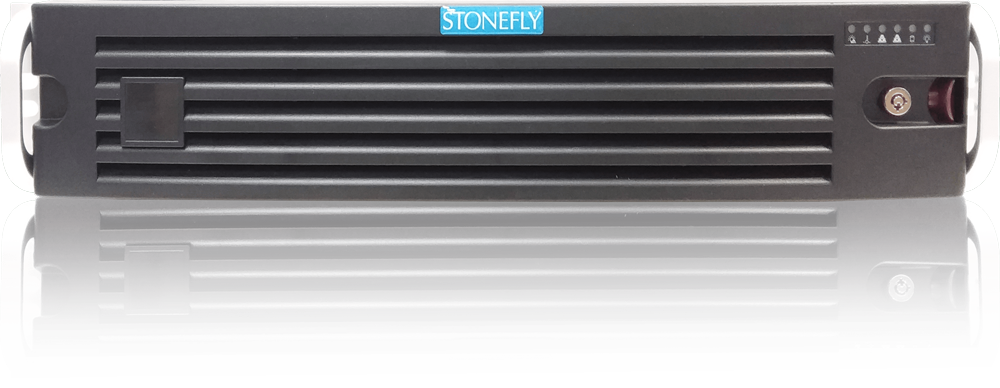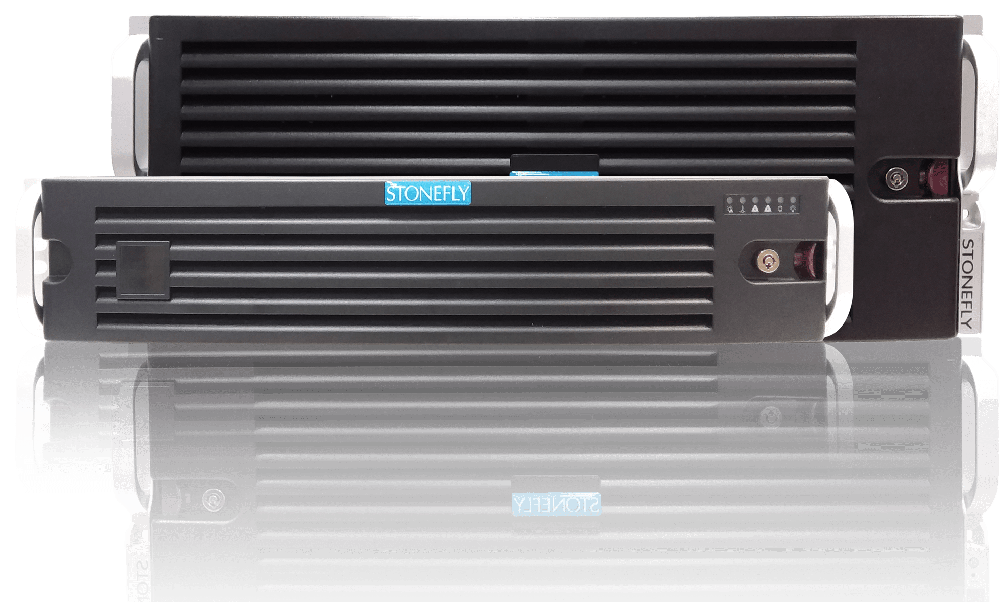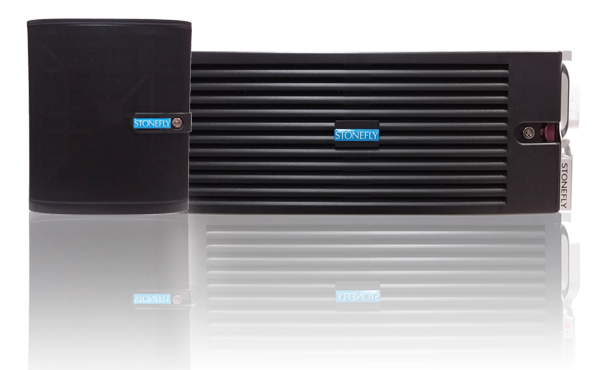In the dynamic landscape of cybersecurity, one malicious entity has been silently making its presence felt – Remote Access Trojans, or RATs. These stealthy and malicious software pieces operate in the shadows, infiltrating systems, and granting unauthorized access to cybercriminals. As organizations increasingly rely on interconnected networks, cloud services, and remote work arrangements, the threat posed by RATs has grown more potent than ever. This section of the blog will delve into the growing menace of RATs and the challenges they pose to digital security.
The Importance of Understanding RATs’ Impact on Cybersecurity
Comprehending the wide-ranging repercussions of Remote Access Trojans (RATs) within cybersecurity is paramount. This understanding goes beyond basic recognition, delving into their complexities, exploited vulnerabilities, and potential disruptions. While identification is essential, exploring how RATs infiltrate, control, and manipulate data empowers effective defense strategies.
RATs’ stealthiness sets them apart, eluding traditional security measures and enabling unauthorized access. This awareness aids proactive fortification against their threats. Moreover, this knowledge extends to all digital interactions, making individuals vigilant detectors of suspicious activities.
What are Remote Access Trojans (RATs)?
Remote Access Trojans, or RATs, are sophisticated forms of malware that covertly provide unauthorized access and control over victims’ computers or networks. Disguised as benign files or software, these trojans enable remote attackers to manipulate systems, exfiltrate sensitive data, or initiate further cyberattacks. Understanding their distinct characteristics, differences from traditional malware, and infiltration methods is vital for a comprehensive grasp of their potential threat.
Definition and Characteristics of RATs
RATs are malicious software designed to infiltrate systems, creating a backdoor for remote attackers to compromise devices. Unlike other malware, RATs prioritize unauthorized access, enabling cybercriminals to interact with the infected system in real-time. This interactivity sets them apart, granting attackers full control over files, data, and even the victim’s webcam and microphone—effectively turning the compromised system into a surveillance tool.
Modes of RAT Delivery and Infection Vectors
RATs utilize diverse delivery methods and infection vectors to exploit vulnerabilities and infiltrate systems. Understanding these technical intricacies is fundamental for preemptive defense measures.
- Deceptive Email Attachments: Cybercriminals often employ phishing emails with seemingly harmless attachments, such as PDFs or Word documents. These files contain hidden RAT payloads that activate upon opening.
- Malicious Links: Attackers embed RATs within URLs shared via emails, messages, or social media. Users who click on these links inadvertently trigger the download and installation of the trojan.
- Drive-By Downloads: Compromised websites host infected content that automatically downloads and executes RATs on visitors’ systems without their consent or knowledge.
- Software Vulnerabilities: Exploiting unpatched software, RATs infiltrate systems through known security loopholes. These vulnerabilities can exist in operating systems, applications, or plugins.
- Social Engineering: Attackers manipulate human psychology, tricking users into willingly executing RAT payloads. This can involve enticing users to download and run seemingly harmless files.
Once a RAT gains entry, it can operate in various ways:
- Propagation: RATs can move laterally across networks, infecting multiple connected devices to extend their reach and impact.
- Persistence: They establish footholds in compromised systems, ensuring they remain active even after reboots or system updates.
- Dormancy: RATs may lay low for extended periods, avoiding detection by security software. They can be activated later to initiate attacks when least expected.
Dangers Posed by Remote Access Trojans (RATs)
Remote Access Trojans (RATs) pose a range of perilous threats that can have devastating consequences for individuals and organizations. Understanding these dangers is vital for effectively countering the potential havoc wrought by RAT attacks.
Unauthorized Access to Sensitive Information
RATs’ primary danger lies in their ability to grant unauthorized access to sensitive data. Cybercriminals can infiltrate systems, bypassing traditional security measures, and gain direct entry to confidential information. This can include personal data, financial records, business strategies, and intellectual property. The implications of unauthorized access extend beyond immediate financial loss, encompassing reputational damage, legal repercussions, and compromised privacy.
Remote Control and Manipulation of Compromised Systems
Once infiltrated, RATs allow attackers to assume remote control over compromised systems. This level of control enables cybercriminals to manipulate files, execute malicious commands, and even engage in surveillance activities. They can monitor user activity, capture keystrokes, and gain insight into user behavior, potentially leading to further breaches or identity theft.
Data Theft, Exfiltration, and Espionage
RATs serve as conduits for data theft and exfiltration. Attackers can siphon off critical information, trade secrets, and proprietary data without detection. In corporate environments, this stolen data could potentially be sold on the black market or used to gain a competitive edge. Nation-state actors can employ RATs for espionage, infiltrating government systems to pilfer classified information or compromise critical infrastructure.
Use of Infected Devices for Launching Further Attacks
Compromised devices equipped with RATs can be weaponized to launch additional cyberattacks. These devices become part of a larger botnet or a network of compromised systems, allowing attackers to execute distributed denial-of-service (DDoS) attacks, distribute malware, or carry out phishing campaigns. This propagation of attacks further amplifies the initial breach’s impact.
How RATs Work: Technical Insights
Acquiring a deep understanding of the technical intricacies underlying Remote Access Trojans (RATs) is critical to effectively combat their stealthy operations.
RAT Components and Architecture
RATs exhibit a multifaceted architecture. Their infiltration often begins with social engineering tactics, delivering malicious payloads through phishing emails or compromised software downloads.
Once inside, RATs establish a connection to a command and control (C&C) server, enabling attackers to manipulate the compromised system remotely. These trojans feature diverse capabilities, including keyloggers, screen-capturing tools, file transfer mechanisms, and even remote access to webcams.
This arsenal empowers cybercriminals with the means to infiltrate, gather sensitive data, and execute malicious actions.
Command and Control (C&C) Communication
The C&C communication is the linchpin of RAT operations. It involves constant communication between the compromised system and the attacker’s server, transmitting commands and data. This communication often employs encryption to obfuscate the exchanged information, making detection challenging. RATs might also use techniques such as domain generation algorithms (DGAs) to generate dynamic domain names, further complicating identification.
Evading Detection and Staying Persistent
RATs employ a series of tactics to evade detection and ensure persistence. Encryption conceals their communication, rendering it indecipherable to network monitoring tools. To avoid raising suspicions, RATs frequently mimic legitimate system processes, camouflaging their activities. Infiltrated systems might be exploited for privilege escalation, allowing the trojan to gain administrative control and survive system reboots. This persistence maximizes their impact over time.
Recognizing a Remote Access Trojan (RAT) Attack: Signs You’re Under Siege
As the threat of Remote Access Trojan (RAT) attacks looms, knowing how to identify these insidious infiltrations becomes paramount. Delve into the specifics to arm yourself with actionable insights for rapid detection and mitigation.
Unusual Network Activities and Traffic Patterns
- Baseline Normalcy: Establish a baseline of normal network activities and traffic patterns in your environment using network monitoring tools.
- Traffic Analysis: Regularly monitor inbound and outbound traffic. Flag a sudden and unexplained increase in data transmission or communication with unfamiliar IP addresses as unusual.
- Unexpected Protocols: Be cautious of protocols rarely used in your network. An unexpected spike in the usage of uncommon protocols might indicate RAT communication.
Unexplained System Slowdowns and Resource Usage
- Resource Monitoring: Utilize system resource monitoring tools to track CPU, memory, and disk usage. Note your system’s typical usage patterns.
- Anomalous Usage: Identify uncharacteristic spikes or prolonged high resource consumption. Rapid and sustained usage deviations without a discernible cause can be indicative of RAT presence.
- Process Analysis: Investigate resource-intensive processes. Uncover processes consuming disproportionate resources or running in the background without your initiation.
Unexpected Behavior of Applications and Processes
- Behavioral Baseline: Familiarize yourself with typical application behavior. Note how applications interact, launch, and respond.
- Application Monitoring: Monitor applications closely. Abrupt crashes, frequent freezing, or unauthorized changes in application settings are warning signs.
- File Anomalies: Regularly check for new, altered, or missing files. Unauthorized changes, unexpected file locations, or disappearing files may indicate a RAT’s manipulation.
How to Prevent and Mitigate Remote Access Trojan (RAT) Attacks
In a landscape rife with threats, safeguarding against Remote Access Trojan (RAT) attacks necessitates a multi-layered defense strategy. Explore these concrete measures, fortified by StoneFly’s unique offerings, to effectively thwart these insidious infiltrations.
Security Best Practices for Endpoint Protection
- Air-Gapped Backups: Safeguard data with air-gapped backups, ensuring a physical disconnect from the network. This prevents attackers from tampering with or encrypting backup data.
- Immutability: Utilize immutable repositories to prevent unauthorized alterations. Immutable data storage resists tampering, safeguarding against RAT-induced data manipulation.
- Volume Deletion Protection: Employ technologies that prevent unauthorized data deletion. This protective layer ensures critical data remains intact even in the face of sophisticated attacks.
- Multi-Factor Authentication: Implement multi-factor authentication (MFA) across systems. MFA adds an extra layer of security, requiring users to provide multiple forms of verification.
- Encryption: Encrypt data both in transit and at rest. Encrypted data remains unintelligible to attackers even if compromised.
Network Segmentation and Access Controls
- Segmentation: Divide networks into isolated segments. This thwarts lateral movement, confining potential RAT attacks to limited network zones.
- Access Controls: Implement stringent access controls. Limit user permissions to essential tasks and data, mitigating the risk of unauthorized access.
Implementing Strong Authentication and Authorization Measures
- Multi-Factor Authentication: Integrate MFA into all access points. This adds a formidable barrier against unauthorized entry.
- Role-Based Access: Adopt role-based access controls. Grant permissions based on roles, minimizing the exposure of critical resources.
Regular Software Updates and Patches
Timely Patching: Stay updated with software patches and security updates. Unpatched vulnerabilities are often exploited by RATs for infiltration.
Detecting and Responding to Remote Access Trojan (RAT) Incidents
Swift and strategic response is paramount when facing Remote Access Trojan (RAT) incidents. Delve into the realm of detection and response strategies to effectively mitigate potential damages.
Intrusion Detection and Monitoring
- Network Traffic Analysis: Deploy intrusion detection systems (IDS) to scrutinize network traffic. Anomalies, such as unusual data patterns or connections to unfamiliar IPs, can indicate a RAT presence.
- Behavioral Analytics: Leverage behavioral analysis tools to monitor deviations from established user behaviors. These tools can identify suspicious activities initiated by RATs.
Incident Response Strategies and Procedures
- Incident Identification: Establish clear protocols for identifying potential RAT incidents. This includes the activation of alarms triggered by predefined thresholds of unusual activities.
- Rapid Alerting: Implement automated alerting systems that notify relevant teams when RAT-like activities are detected. This facilitates swift response and minimizes potential damage.
- Isolation: In case of suspected RAT incidents, swiftly isolate compromised systems from the network. This containment measure halts further propagation and potential data exfiltration.
Containment, Eradication, and Recovery Steps
- Containment: Segregate compromised systems to prevent lateral movement and halt the spread of the RAT. This minimizes the potential impact on other network segments.
- Eradication: Thoroughly scan and remove RAT-related files, processes, and remnants from affected systems. Utilize specialized antivirus software to ensure complete removal.
- Data Recovery: Employ clean backups or immutable snapshots to restore systems to a secure state. This minimizes data loss and ensures systems are recovered without any lingering RAT presence.
- Post-Incident Analysis: Conduct thorough post-incident analysis to comprehend the attack’s scope and entry points. This knowledge enhances future defenses against similar threats.
Emerging Trends and Future Challenges
Staying ahead in the battle against Remote Access Trojans (RATs) requires understanding the evolving landscape and anticipating the challenges that lie ahead. Explore the shifting trends and strategies that are shaping the future of RAT attacks and defenses.
Evolving Tactics and Techniques of RAT Developers
- Polymorphism: RAT developers are increasingly employing polymorphic techniques, creating versions of their malware that change appearance with each infection. This evasive maneuver makes detection more challenging for traditional security solutions.
- Fileless Attacks: RATs are adopting fileless attack methods, leveraging scripts and in-memory techniques that evade detection by bypassing traditional file-based security checks.
Integration of AI and Automation in RAT Attacks
- Automated Reconnaissance: RATs are using AI-driven automation to conduct reconnaissance on potential targets. By collecting information from public sources, they enhance their ability to craft convincing spear-phishing campaigns.
- Adaptive Command and Control: AI is enabling RATs to adapt their command and control communications to mimic normal network traffic, making detection harder.
Defending Against Increasingly Sophisticated RAT Campaigns
- Behavior-Based Detection: Traditional signature-based detection struggles with evolving RATs. Behavior-based detection, powered by AI, focuses on unusual behaviors, enabling the identification of zero-day RAT attacks.
- Threat Intelligence Sharing: Collaboration among organizations to share threat intelligence can help recognize emerging RAT campaigns and apply collective defense strategies.
- User Training: As attacks become more targeted, educating users about RAT-related risks becomes crucial. Training users to recognize phishing attempts and suspicious activities can thwart potential attacks.
- Advanced Endpoint Protection: Employ advanced endpoint protection solutions that combine AI, machine learning, and behavioral analysis. These tools can identify and counteract emerging RAT threats in real-time.
Conclusion
In the face of escalating Remote Access Trojan (RAT) threats, knowledge is the ultimate defense. By comprehending RATs’ tactics, employing advanced security measures, and staying abreast of evolving trends, you can fortify your digital defenses. StoneFly’s innovative solutions provide an added layer of protection. As the cybersecurity landscape evolves, vigilance and preparedness remain key to thwarting RAT attacks and ensuring a secure digital future.










